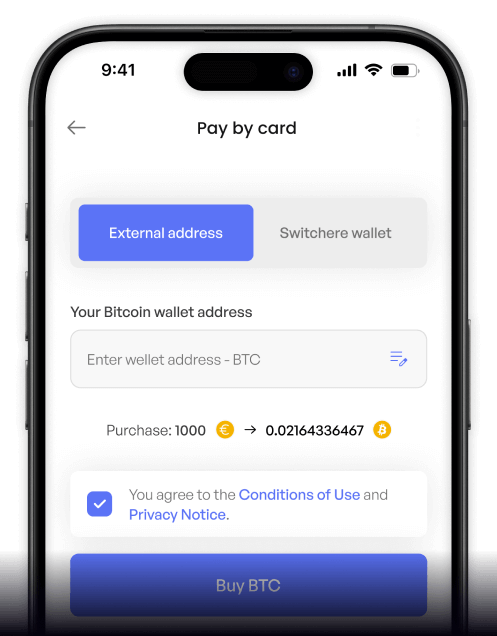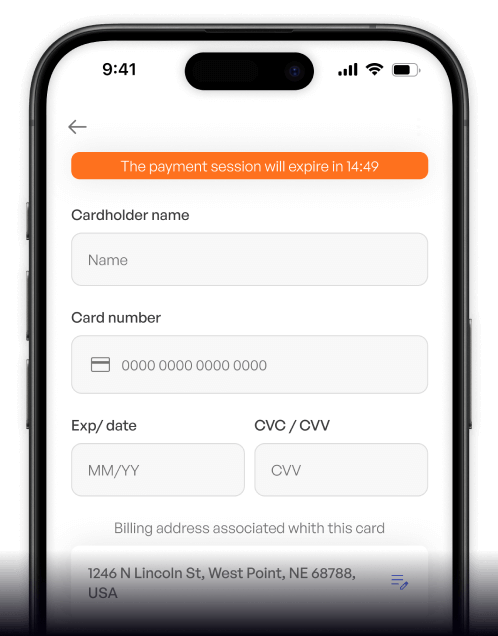전환하다
Hungarian Forint (HUF)에서 Avalanche (AVAX)로 즉시
Switchere에서 Avalanche (AVAX)로 Hungarian Forint (HUF)를 간편하게 구매하고 빠르고 안전한 거래의 혜택을 누리세요.
정보
Avalanche (AVAX)
아발란체(AVAX)는 확장성이 뛰어난 블록체인 기술 플랫폼으로, 탈중앙화 애플리케이션(dApp)을 호스팅하고 맞춤형 블록체인 네트워크를 쉽게 생성할 수 있도록 설계되었습니다. 주요 목적은 높은 처리량, 짧은 지연 시간, 강력한 탈중앙화를 제공하여 블록체인의 트릴레마를 해결하는 것입니다. 아발란체는 새로운 합의 메커니즘, 지분 증명(PoS) 기반에 구축된 프로토콜 제품군(스노우맨 등)을 통해 이를 달성하여 1초 미만의 트랜잭션 완결성을 가능하게 합니다. 따라서 까다로운 디파이 애플리케이션과 암호화 보안이 필요한 엔터프라이즈급 솔루션을 위한 매력적인 디지털 자산 인프라가 될 수 있습니다.
핵심적인 특징은 개발자가 자체 규칙, 가상 머신(C-Chain의 EVM 호환성 포함), 토큰노믹스를 가질 수 있는 맞춤형 애플리케이션별 블록체인을 출시할 수 있는 아발란체의 서브넷 아키텍처입니다. 이러한 서브넷은 독립적으로 운영되거나 기본 네트워크와 보안을 공유할 수 있습니다. 기본 유틸리티 토큰인 AVAX는 이 탈중앙화 네트워크 내에서 중요한 역할을 합니다. 거래 수수료를 지불하고, 검증자의 스테이킹을 통해 네트워크를 보호하며, 여러 서브넷에서 기본 계정 단위로 사용됩니다. 아발란체는 선도적인 레이어 1 스마트 컨트랙트 플랫폼으로 인정받고 있으며, 웹 3.0 인프라의 혁신을 주도하고 다양한 온체인 생태계를 육성하고 있습니다.
Avalanche (AVAX) 구매 방법
Hungarian Forint (HUF)에 대한 인기 있는 동전
Hungarian Forint (HUF)의 다른 코인
자주 묻는 질문
-
헝가리 포린트(HUF)로 애벌랜치(AVAX)를 구매하는 가장 일반적인 방법은 무엇입니까?
가장 일반적인 방법은 HUF 입금을 지원하는 법정화폐 게이트웨이 역할을 하는 중앙화된 암호화폐 거래소를 이용하는 것입니다. 사용자는 일반적으로 KYC/AML 규정 준수 확인을 완료한 후 은행 송금이나 직불/신용 카드를 통해 HUF를 입금합니다. 포린트 입금이 확인되면 거래소의 오더북에서 HUF/AVAX 거래 쌍에 대한 주문을 넣어 디지털 자산을 취득할 수 있습니다. -
HUF/AVAX 쌍 거래자에게 중요한 애벌랜치 네트워크의 기술적 특징은 무엇입니까?
주요 특징으로는 거의 즉각적인 거래 완결성을 제공하는 독특한 애벌랜치 합의 프로토콜과 서브넷 아키텍처가 있습니다. 서브넷은 맞춤형, 애플리케이션별 블록체인 생성을 가능하게 합니다. 대부분의 사용자에게는 EVM과 호환되어 방대한 애벌랜치 생태계의 디파이 앱과 NFT에 접근할 수 있는 C-체인이 가장 관련이 있습니다. 높은 처리량은 온체인 거래에 대해 AVAX로 지불되는 낮은 가스 수수료를 보장합니다. -
HUF로 AVAX를 구매한 후 디지털 자산을 어떻게 안전하게 보관할 수 있습니까?
최고의 보안을 위해, 거래소에서 개인 키를 직접 제어하는 개인 디지털 지갑으로 AVAX를 전송해야 합니다. 옵션에는 콜드 스토리지용 하드웨어 지갑(예: Ledger 또는 Trezor) 또는 애벌랜치 C-체인을 지원하는 소프트웨어 지갑(예: MetaMask 또는 Core Wallet)이 포함됩니다. 거래소에 자산을 두는 것은 플랫폼별 위험에 노출되는 반면, 자체 관리 지갑은 블록체인 자산에 대한 완전한 통제권을 제공합니다. -
HUF로 구매한 AVAX를 스테이킹하고 보상을 받는 데 사용할 수 있습니까?
네, 스테이킹은 애벌랜치 네트워크의 핵심 기능입니다. AVAX를 구매한 후, 애벌랜치 플랫폼 체인(P-Chain)의 검증인에게 토큰을 위임할 수 있습니다. 이를 통해 지분 증명 합의 메커니즘을 통해 네트워크를 보호하는 데 기여하고, 그 대가로 AVAX로 지급되는 스테이킹 보상을 받게 됩니다. 이는 단순 보유를 넘어 디지털 자산을 활용하는 인기 있는 방법입니다. -
AVAX를 관리할 때 애벌랜치의 C-체인, P-체인, X-체인의 차이점은 무엇입니까?
이들은 애벌랜치 주요 네트워크의 세 가지 핵심 블록체인입니다. 거래소 체인(X-Chain)은 디지털 자산을 생성하고 거래하는 데 사용됩니다. 플랫폼 체인(P-Chain)은 검증인을 조정하고 AVAX를 스테이킹하는 데 사용됩니다. 계약 체인(C-Chain)은 EVM 호환 스마트 계약을 실행하는 데 사용되며 대부분의 디파이 활동이 여기서 발생합니다. 거래소에서 AVAX를 출금할 때 일반적으로 C-체인 주소를 사용합니다.






